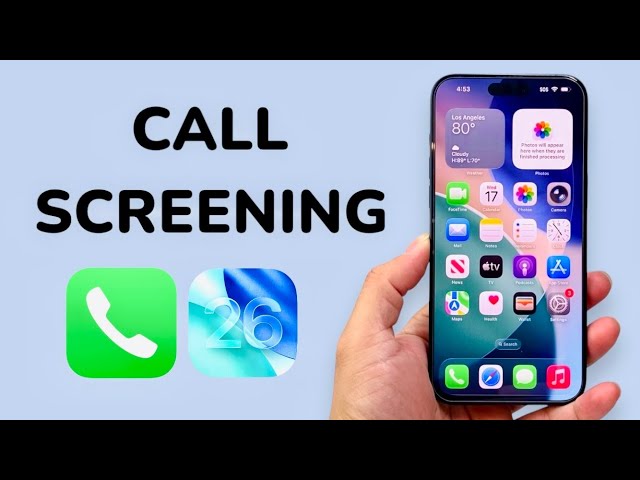The debt collection industry has always relied heavily on phone calls to contact consumers and recover overdue payments. However, the advent of iPhone call screening features has introduced a new challenge for collection agencies. While these tools protect users from spam and unwanted calls, they also reduce the likelihood that consumers will answer legitimate calls, potentially slowing down payment recovery processes.
Understanding the impact of iPhone call screening late payment is crucial for agencies looking to maintain high recovery rates and adapt their strategies in an increasingly mobile-driven environment.
What is iPhone Call Screening?
Apple’s call screening tools allow users to manage incoming calls more effectively. Features such as “Silence Unknown Callers” and advanced spam detection automatically block or silence calls from numbers not recognized by the device. These functions enhance user experience and security, but they also create obstacles for debt collection agencies attempting to reach customers regarding overdue balances.
Challenges Presented to Debt Collection Agencies
1. Reduced Contact Rates
With unknown numbers blocked or silenced, agencies face lower connection rates. Each unanswered call represents a missed opportunity to engage a consumer and negotiate a payment plan.
2. Increased Consumer Skepticism
Even if calls are not blocked, many consumers are hesitant to answer unfamiliar numbers. This reduces the effectiveness of traditional phone-based collection strategies.
3. Compliance Considerations
Debt collectors must operate under strict regulations such as FDCPA, Reg F, and TCPA. With fewer successful calls, agencies must optimize each interaction to ensure compliance while maintaining effectiveness.
4. Operational Inefficiency
Repeated call attempts to reach consumers drive up costs and decrease efficiency. Agencies that rely solely on phone outreach may find their operations less sustainable in the face of call screening.
Strategies to Overcome iPhone Call Screening Challenges
To mitigate the effects of iPhone call screening, agencies must adopt modern, consumer-focused strategies:
1. Implement Omnichannel Communication
Combining calls with email, SMS, and online payment portals ensures multiple points of contact. This approach reduces reliance on phone calls alone, improving the chances of engagement.
2. Leverage AI for Targeted Outreach
AI-driven systems can analyze consumer behavior and determine the best timing, channel, and message for outreach. Personalized approaches increase the likelihood of successful communication.
3. Use Verified Caller ID
Displaying recognizable, verified numbers builds trust and reduces the likelihood of calls being ignored or blocked by consumers.
4. Offer Self-Service Payment Options
Digital self-service platforms allow consumers to manage payments on their own, reducing the dependence on live phone interactions while maintaining timely collections.
5. Focus on Transparency and Trust
Respectful communication and transparent practices build trust with consumers, encouraging responsiveness even when call screening is active.
Benefits of Adapting to Call Screening
Agencies that adjust to the realities of iPhone call screening can enjoy multiple advantages:
- Higher engagement through diversified communication channels.
- Cost efficiency by reducing repeated failed call attempts.
- Enhanced compliance with collection regulations.
- Improved consumer experience, fostering better relationships and higher repayment rates.
- Future-proof operations aligned with evolving mobile technologies.
Conclusion
iPhone call screening presents a significant challenge to traditional phone-based debt collection, potentially creating barriers to timely payment recovery. However, it also encourages agencies to modernize their strategies by embracing omnichannel communication, AI-powered outreach, verified caller identification, and self-service payment platforms. By adapting to these changes, debt collectors can maintain compliance, improve recovery rates, and enhance the overall consumer experience, turning a technological challenge into an opportunity for more efficient and effective operations.


